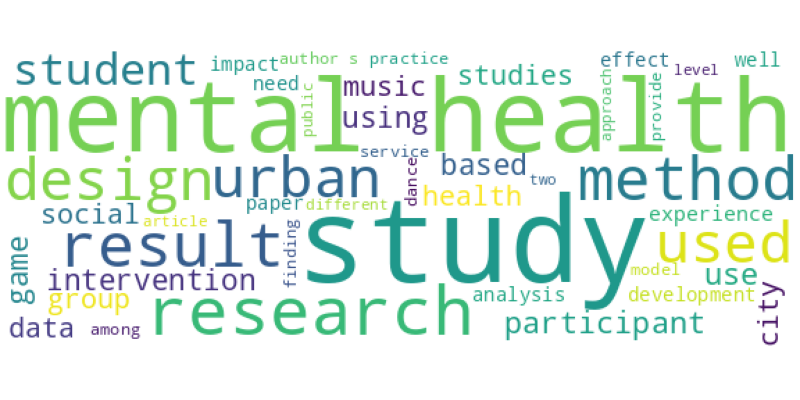| Id | 2769 | |
| Author | Abdi M.H.; Soltani A. | |
| Title | Which Fabric/Scale Is Better for Transit-Oriented Urban Design: Case Studies in a Developing Country | |
| Reference | Abdi M.H.; Soltani A. Which Fabric/Scale Is Better for Transit-Oriented Urban Design: Case Studies in a Developing Country,Sustainability (Switzerland) 14 12 |
|
| Link to article | https://www.scopus.com/inward/record.uri?eid=2-s2.0-85132738937&doi=10.3390%2fsu14127338&partnerID=40&md5=f6cd3a3fe7f2a8f267496fa77a483bd8 |
|
| Abstract | The goal of this study was to find out how suitable the existing design of urban forms is for adopting transit-oriented development (TOD) basic ideas. Within a major metropolis and a medium-sized city, three varieties of Iranian urban fabric (historic, transitional, and modern) around transit stations were selected using the case study research technique. Then, for two sizes of station areas (macro) and street scales (micro), several TOD design dimensions were evaluated. The results of the comparative research indicated that Iranian cities offer greater chances for TOD design in inner urban areas (including historical and transitional urban forms), whereas microscale characteristics are less reliant on the kind of urban form. © 2022 by the authors. Licensee MDPI, Basel, Switzerland. |
|
| Keywords | Iran; developing world; public transport; urban area; urban design; walking |
Wordcloud:



